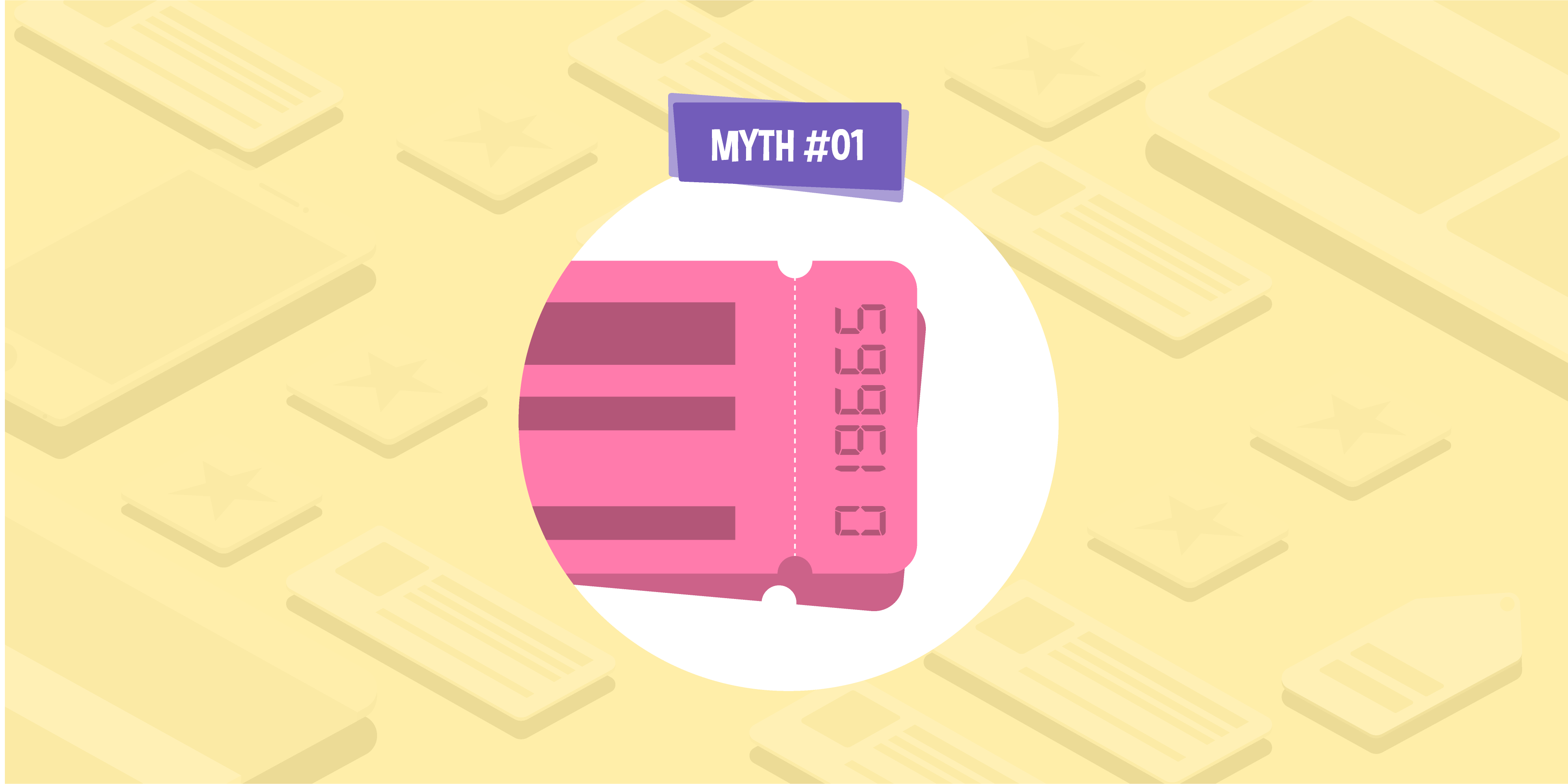
- 26 Oct 2015
- 5 Min read
Brand image: The best ways to interact on social media
More and more brands are embracing social media to interact with consumers. This method of marketing provides a platform for brands to converse with customers immediately. Aside from marketing, it can be ideal for customer service, resolving queries and complaints immediately, which results in a better experience for the consumer — it certainly beats spending 40 minutes on the phone listening to hold music.
According to The Drum, 90% of users are more likely to back a brand after interacting with them on Twitter or Facebook, so it is unsurprising that huge brands such as Tesco and Barclays have embraced social networking to the extent where they operate 24 hour contact centres that are dedicated solely to social media. For a small business however, social media interaction can be a tricky subject.
Calculating the response
Compared to global brands, small businesses aren’t subject to anywhere near the same volume of interactions, so it can be difficult to decide whether to respond directly or not. While social media is primarily used for immediate interaction, it can sometimes be detrimental to your brand if you choose to interact with customers too frequently. Becoming overly conversational could imply that your business is small-time or that you are a one man band. It can be difficult to strike a balance.
In one of our earlier blogs we discussed finding a brand voice and using that voice consistently through your channels. With social media, your voice can change depending on who you are interacting with. If you receive a positive comment, it is good practice to buy into the scene that has been set by the consumer, particularly if the comment is playful.
These type of replies can receive a high number of interactions and can elevate your brand through visibility. Always use the first name of the person you are responding to, as this personal touch will make the customer feel more valued and more likely to come away with a positive experience, even if you can’t resolve their query.
Private interactions
For negative comments, however, it is recommended to take a more serious, sympathetic tone. It is also beneficial to deal privately with any matters which may be detrimental to your brand’s reputation, particularly if you know that you are at fault.
Facebook has recently introduced a new feature to pages which allows page admins to message the user directly from their comment. This message will make reference to that comment in the reply, so complaints can be tracked much more easily.
Facebook pages are now rewarded for their timely response to private messages. They will be awarded a quick-response icon if they achieve both of these things over the last 7 days: a 90% response rate to messages and a median response time of 5 minutes. This has set a very high standard for customer interaction, with brands rushing to ensure they have Facebook’s quick-response badge.
Twitter is slightly less user-friendly in this way; in order to send a private message to someone, they must first be following you. This isn’t much use to a consumer, as it is unlikely that a brand is already following them. This makes public interaction with customers much more common on Twitter, but also much more precarious. The search function and hashtags make tweets much more visible than Facebook comments, and therefore easier to share if brands say something inappropriate or make the dreaded grammatical error. There also isn’t an edit function on Twitter, meaning that once it’s out there, it really is out there.
Share the love
If you receive positive messages on social media, don’t be frightened to make them known to your other followers. The retweet function on Twitter is a great way to enhance the reputation of your product or service. Equally, liking a comment on Facebook can make that comment feature near the top of the list of comments, meaning others will be more likely to read it and like it as well. Reputation is all about how you are perceived, and if a consumer sees that your product or service is used to good effect by another consumer, they are far more likely to use it themselves.
If you browse the Facebook pages of large brands, you’ll probably notice the way top comments of status updates are almost always negative. This is because consumers tend to support each other’s negative experiences against ‘the machine’ that is a large brand.
You should therefore make a special effort to draw attention to positive comments. While replying with a message of thanks is sometimes appropriate, it is not necessary, a retweet or a like is quite sufficient. Sometimes too much interaction with consumers can dilute your brand’s reputation; it really does depend on the reply. As a general rule, share the positive comments, but don’t reply unless there is something interesting or funny to say.
While social media is an important part of modern marketing and customer service, there is no reason why brands can’t have fun with it. See it as the personality of your brand, and reply to messages as if it were your brand speaking, not yourself. Whether you’re using Twitter, Facebook, LinkedIn, Instagram, or Google+, always be sure to take a contextually appropriate tone when interacting with consumers.

